Summary of September itinerary in Japan (Tohoku / Hokkaido trip)
Table of contents
Seasonal “PRIDE FISH” that I was able to eat on this trip
The biggest precautions for travel (local train / bus)
Sunday, September 26, Miyagi Prefecture Day 1
Monday, September 27, Miyagi Prefecture Day 2
Tuesday, September 28, Iwate Prefecture Day 1
Wednesday, September 29, Iwate Prefecture Day 2
Thursday, September 30, Iwate Prefecture Day3
Friday, October 1, Hokkaido Day 1
Saturday, October 2, Hokkaido Day 2
Sunday, October 3, Hokkaido Day 3
Monday, October 4, Hokkaido Day4
I was able to enjoy a delicious meal and a beautiful view on my trip to Tohoku (Miyagi and Iwate prefectures) and Hokkaido from September 26th to October 4th. Here is a summary of the trip and some notes.
I would like to reconfirm that this travel route setting was created with the purpose of “eating out seasonal seafood and local dishes.” Food is the highest priority, and tourist destinations are the second priority. This is the so-called “Bread is better than the songs of birds” travel route. However, we aimed to visit as many tourist spots as possible, such as World Heritage Sites, National Treasures, and Important Cultural Properties. It’s a hectic itinerary. Of course, those who want to travel slowly will need to extend their itinerary or reduce the number of tourist attractions they visit.
“100 selections of local dishes” and “Local dishes loved by the nation” that I was able to eat on this trip
Miyagi Prefecture: Zunda-mochi, Harako-meshi, Gyutan-yaki
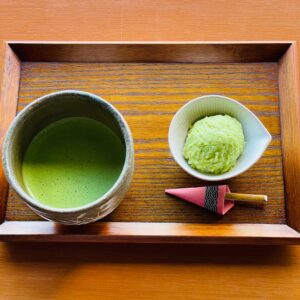
Iwate Prefecture: Wan-ko soba, Hittsumi, Morioka Reimen, Morioka Jaja-men
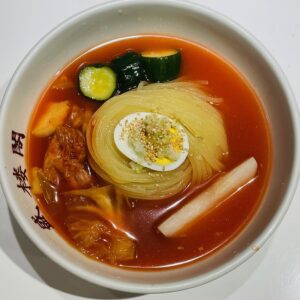
Hokkaido: Jingisukan, Ishikari Nabe, Chan-chan-yaki, Uni-ikura-don, Soup Curry

“100 selections of local dishes” and “Local dishes loved by the nation” are selected by the Ministry of Agriculture, Forestry and Fisheries.
https://www.maff.go.jp/j/nousin/kouryu/kyodo_ryouri/attach/pdf/190131-1.pdf
https://www.maff.go.jp/j/nousin/kouryu/kyodo_ryouri/attach/pdf/190131-6.pdf
Seasonal “PRIDE FISH” that I was able to eat on this trip
Miyagi Prefecture: Oysters with shells
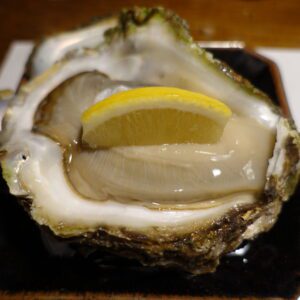
Iwate Prefecture: Rikuzentakata’s Ezoishikagekai, Iwate’s autumn salmon (salmon roe)
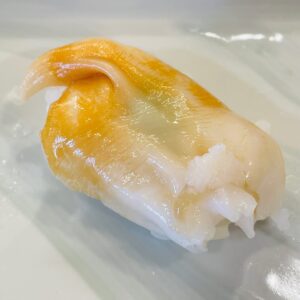


Hokkaido: Tomakomai’s Hokkigai, Akkeshi oysters
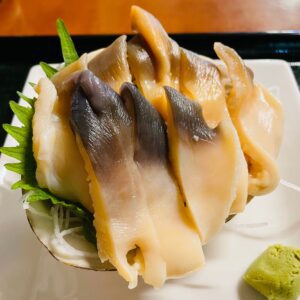


“PRIDE FISH” is selected by Japan Fisheries Cooperatives.
The biggest precautions for travel (local train / bus)
As a travel rule, we have decided to use environmentally friendly travel that uses only public transportation, including rental bicycles.
https://edokagura.com/en/itinerary-ideas/373/
Traveling by public transport emits far less CO2 than traveling by car. For example, according to data from the Ministry of Land, Infrastructure, Transport and Tourism, CO2 emissions when one person travels 1 km are 130 g for cars, 98 g for aircraft (75% of cars), 57 g for buses (44% of cars), and 17 g for railways. (13% of cars).
However, there are some precautions when using local trains and buses. First of all, the number of local trains and buses is very small, and in some cases, the number of trains is 3-4 per day instead of 1 per hour. If you miss your planned train or bus, your schedule may change significantly or, in the worst case, you may not be able to return to your accommodation. In addition, the operating hours are subject to change. Especially in Japan, the timetable often changes in April and October, so be careful when traveling during that time.
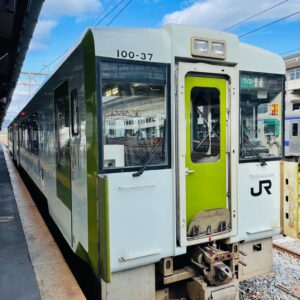

In addition, you need to be careful when getting on and off the local train. On local railways, there are one-man trains operated by the driver alone. In that case, you need to open and close the door by pressing the boarding / alighting button yourself when getting on and off. There is also a rule that when you get on, you should start from the rear of the vehicle, and when you get off, you should start from the front of the vehicle.
Moreover, in the case of a two-car train, the door of the second car does not open, so there is also a rule that you can get on and off only with the first car. If you do not have a ticket at an unmanned station, you will also need to obtain a boarding station certificate when boarding like a bus.
Moreover, these important precautions can only be found in the Japanese version of the JR East website. Foreigners who cannot read Japanese should be careful.
https://www.jreast.co.jp/morioka/onemancar/
These rules may seem obvious if you’re on the local railroad on a daily basis, but they’re difficult for travelers to use and can even panic. When I tried to get on from the second car at Geibikei Station on the Ofunato Line, the door did not open even when I pressed the boarding / alighting button, and I panicked for a moment. As mentioned earlier, the number of local trains is small, so if you can’t get on the scheduled train without knowing the boarding / alighting rules, the next train may be several hours later. Be sure to remember the boarding and alighting rules when traveling in rural areas of Japan.
Luggage-free trip
For this trip, I sent my clothes and power cord to the accommodation in advance and enjoyed the “luggage-free trip” every day. After all, it is very easy to travel in a light style like taking a walk. Being able to act immediately after arriving by train or plane is important for effective use of time. This trip to Tohoku / Hokkaido was 8 nights and 9 days, but if I packed my luggage in a suitcase and traveled, it would have become quite a large luggage. On the last day of the trip, I sent the clothes I wore to the laundry agent and did not have to do the laundry. I want everyone to experience the comfort of a “luggage-free trip”.
Sunday, September 26, Miyagi Prefecture Day 1
On the first day, I visited sightseeing spots in Sendai city. We can comfortably enjoy sightseeing at “Loople Sendai”, which goes around sightseeing spots. I like Zuihoden, Osaki Hachimangu Shrine (national treasure), and Sendai Toshogu Shrine (national important cultural property). Sendai Toshogu cannot be reached by “Loople Sendai”. From JR Sendai Station, go to JR Toshogu Station and walk.
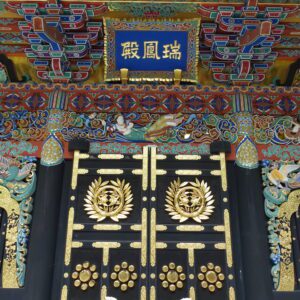

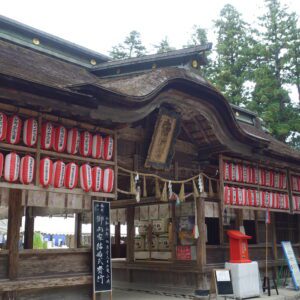

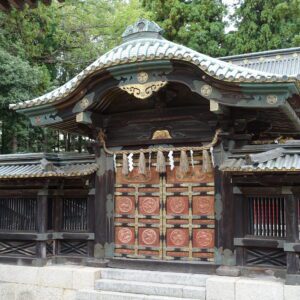

Meals
“Gyutan-yaki”, a “Local dishes loved by the nation” in Miyagi prefecture, and “Harako meshi”, a local dish, were very delicious. There are also “Sushi-dori” and “Gyutan-dori” at Sendai Station, so you don’t have to worry about eating at Sendai Station.
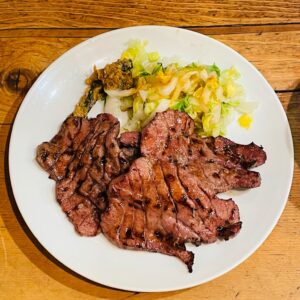



https://www.livit.jregroup.ne.jp/gyutan-sushistreet/
Important points
After getting on “Loople Sendai”, there are almost no restaurants when you go around sightseeing spots. Schedule your meal before or after boarding “Loople Sendai”.
https://edokagura.com/en/itinerary-ideas/1315/
https://edokagura.com/en/the-season-of-fish-and-shellfish/1345/
Monday, September 27, Miyagi Prefecture Day 2
Shiogama and Matsushima have compact sightseeing spots and it was very easy to walk around. I liked Zuiganji Temple (national treasure), Entsuin (national important cultural property), Shiogama Shrine (national important cultural property), and Matsushima Island Tour Boat (3 best views of Japan).
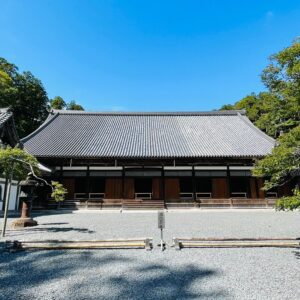



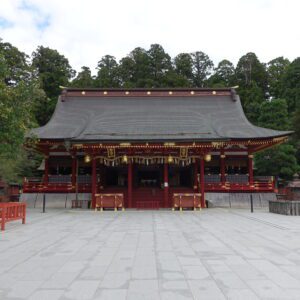

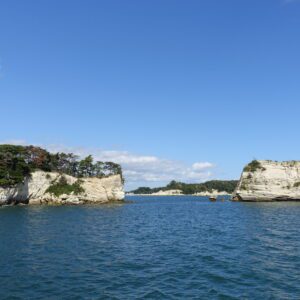

Meals
Miyagi Prefecture has many ports such as Kesennuma Port and Shiogama Port, and is rich in seafood. I was able to eat very delicious seafood.



Important points
In Shiogama, where the fishing port is located, there are many sushi restaurants that are highly evaluated for Tabelog. Meals in Matsushima and Sendai are good, but I think it would be good to consider meals in Shiogama.
There are 202 steps on the Omotesando (Otokozaka) of Shiogama Shrine, and it is difficult to climb. There is a slightly sloped road called “Onnazaka”, so it is a good idea to use “Onnazaka”.
The view of Matsushima Bay from Shin-Toyama was overgrown with trees, and I couldn’t see a very beautiful view. The view from the sea was more beautiful.
https://edokagura.com/en/itinerary-ideas/1371/
https://edokagura.com/en/the-season-of-fish-and-shellfish/1422/
Tuesday, September 28, Iwate Prefecture Day 1
I rented a bicycle and went around Hiraizumi and Genbikei. Geibikei went by train from Ichinoseki. The rental cycle was comfortable.
I liked Chusonji Temple (a world heritage site, a national treasure), Motsuji Temple (a world heritage site), and Geibikei (100 landscapes of Japan, a natural monument of national historical sites). I think that many people go to Hiraizumi, where the world heritage Chusonji Temple and Motsuji Temple are located, but when you go to Hiraizumi, I would like you to go to Geibikei. In Geibikei, you can hear “Geibi-Oiwake” sung by the boatman. The experience of boarding a boat overlooking the beautiful valley while listening to the sorrowful singing voice was very good.
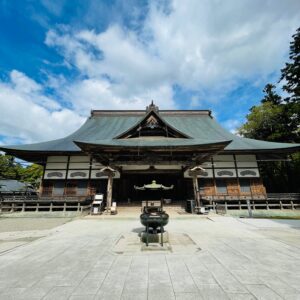

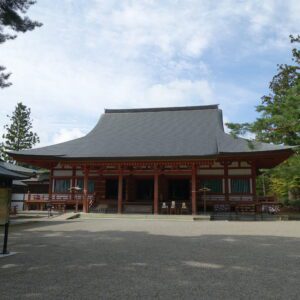

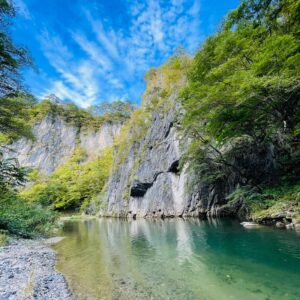

Meals
The “Hitokuchi Mochi Gozen” that reflects the Ichinoseki mochi culture was very delicious. I think the good thing about traveling is that we can learn about food culture that we didn’t know in advance. The seafood in Kesennuma was truly delicious.
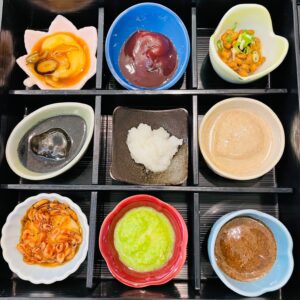

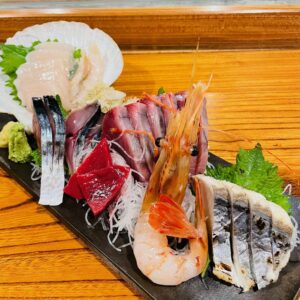

Important points
I visited many tourist spots such as Hiraizumi, Genbikei, and Geibikei, but it became quite busy. In reality, there is no choice but to set the schedule to two days or reduce the number of tourist attraction visits.
The rental cycle shop “Swallow Tour” next to Hiraizumi Station will keep your luggage for free.
As mentioned earlier, be careful when getting on and off at Geibikei Station.
https://edokagura.com/en/itinerary-ideas/1467/
https://edokagura.com/en/the-season-of-fish-and-shellfish/1491/
Wednesday, September 29, Iwate Prefecture Day 2
Looking at the remains of the Rikuzentakata earthquake, I was saddened at the magnitude of the damage caused by the Great East Japan Earthquake.
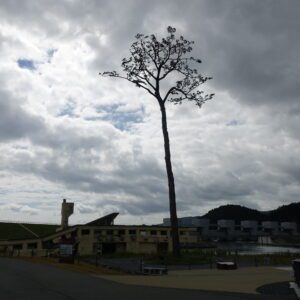

Meals
The sushi of “Ezoishikagekai (Clinocardium california)” that I had in Rikuzentakata was excellent. On this trip, it was the most moving meal with the Hokkigai (Sakhalin surf clam) from Tomakomai, Hokkaido.



Important points
After arriving at Rikuzentakata, it is convenient to rent a bicycle at the Rikuzentakata City Tourism and Products Association next to Rikuzentakata Station (a station for the high-speed bus transportation system).
https://edokagura.com/en/itinerary-ideas/1499/
https://edokagura.com/en/the-season-of-fish-and-shellfish/1512/
Thursday, September 30, Iwate Prefecture Day3
The city of Morioka was very compact and easy to see. I like the exterior and interior of Bank of Iwate Red Brick Building (National Important Cultural Property).
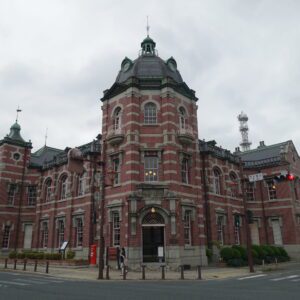

Meals
“Morioka Jajamen” from Iwate Prefecture’s “Local dishes loved by the nation” and “Hittsumi” from the local cuisine were very delicious.
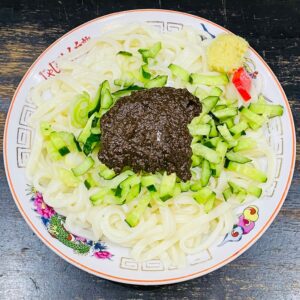

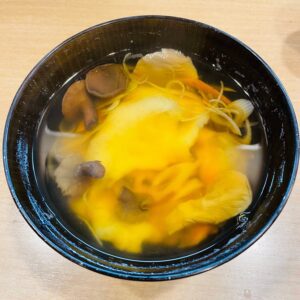

Important points
In Morioka city, I bought a one-day ticket for the Morioka central city circulation bus “Dendemushi” and went around. However, since there are many tourist spots that can be reached on foot, it may be cheaper to buy a ticket each time instead of buying a one-day pass.
I went to Koiwai Farm by bus departing from Morioka Station at 13:45, but you can’t fully enjoy it unless you leave Morioka Station a little earlier.
There are few restaurants that offer “Hittsumi”, so if you want to eat “Hittsumi”, you need to check in advance.
https://edokagura.com/en/itinerary-ideas/1521/
https://edokagura.com/en/the-season-of-fish-and-shellfish/1534/
Friday, October 1, Hokkaido Day 1
It was a very fulfilling day as I was able to visit all of Goryokaku (a national special historic site), Ofune and Kakinoshima sites (world heritage sites) at the Jomon site, and Mt. Hakodate observatory. All the tourist spots I visited were good. I was able to see the national treasure “Chu-ku Dogu (Clay figure)” at the Kakinoshima site.
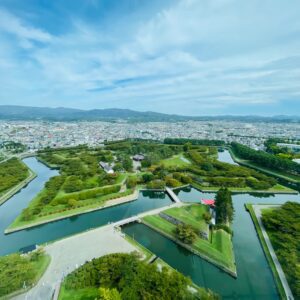

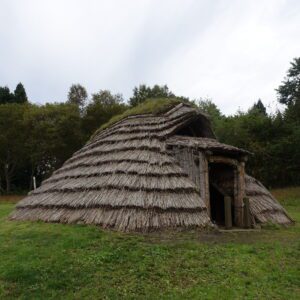

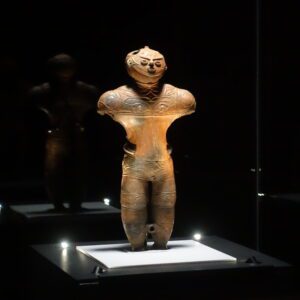

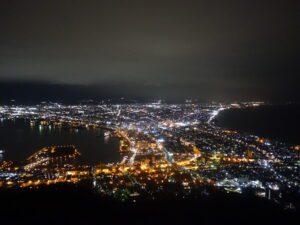

Meals
Hokkaido’s food, where they can get abundant seafood and agricultural products, is substantial. I was able to eat a lot of seasonal seafood and the local dish “Chan-chan-yaki”.
Important points
“Goryokaku Koenmae Station” takes about 10 minutes on foot from Goryokaku Tower. If you use the “Goryokaku Tower Trappistine Shuttle Bus” that departs from Platform 4 in front of Hakodate Station, you can take a bus to the immediate vicinity of Goryokaku Tower. Departs from Hakodate Station every hour from 9:15.
When taking a picture of Goryokaku from Goryokaku Tower, it is not possible to take a panoramic view without a wide-angle lens.
For those who travel long distances by train or bus, it is advantageous to buy the “Travel Passport & Free Pass”, which allows unlimited rides on the train, bus, and tram for one day.
It is convenient to take a taxi from Ofune site to Kakinoshima site (the distance between the two ruins is about 5km).
https://edokagura.com/en/itinerary-ideas/1542/
https://edokagura.com/en/the-season-of-fish-and-shellfish/1553/
Saturday, October 2, Hokkaido Day 2
The most surprising thing in this itinerary was Tomakomai. At the Tomakomai City Science Center, the real space station “Mir” (former Soviet Union real spare machine) is on display. It was Saturday, but there were no visitors other than me, and I was able to monopolize the “Mir”. I think there is no chance other than Tomakomai to monopolize the real space station.
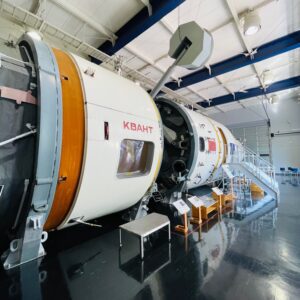

Meals
The sashimi of Hokkigai (Sakhalin surf clam) I ate at Tomakomai may have been the most delicious shellfish in my life. I will never forget the deliciousness of Rikuzentakata’s Ezoishikagekai and Tomakomai’s Hokkigai (Sakhalin surf clam).



Important points
It is convenient to rent a bicycle at the Tomakomai Tourist Information Center (Tourist Association) next to JR Tomakomai Station.
https://edokagura.com/en/itinerary-ideas/1562/
https://edokagura.com/en/the-season-of-fish-and-shellfish/1575/
Sunday, October 3, Hokkaido Day 3
I was able to enjoy the beautiful scenery of Biei such as many hills and “Blue Pond”. I was able to fully enjoy Biei even on a day trip from Sapporo.
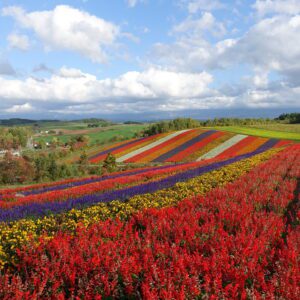

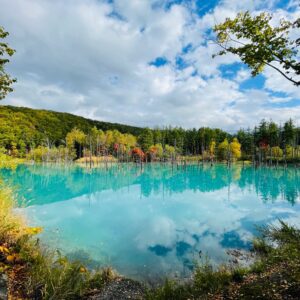

Important points
Biei has many hills and a long mileage, so it is highly recommended to rent a power-assisted bicycle.
When heading toward Biei Station from Shikisai no Oka, it is very dangerous to ride a bicycle on Route 237 because of the heavy traffic. Let’s pass other than the national highway.
https://edokagura.com/en/itinerary-ideas/1591/
https://edokagura.com/en/the-season-of-fish-and-shellfish/1602/
Monday, October 4, Hokkaido Day4
Sightseeing in Sapporo was very convenient because the sightseeing spots were compactly organized. Among the sightseeing spots I visited in Sapporo this time, I like Hoheikan, Former Hokkaido Government Office Building, and Sapporo Archives Museum (former Sapporo Court of Appeals). All are national important cultural properties.
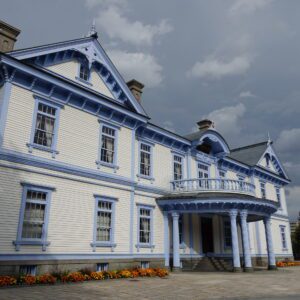



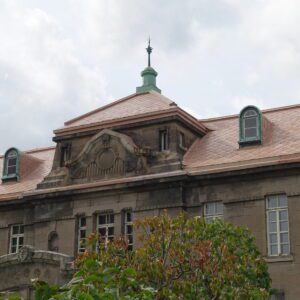

Meals
The “Soup Curry” from the popular restaurant “CURRY YA! CONG” was very delicious with only Hokkaido ingredients.
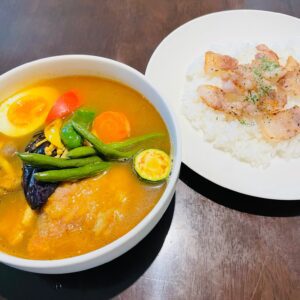

The craft beer from “Tap Room BEER KOTAN” and “Ishikari Nabe” from “Ponpokotei” were also delicious.
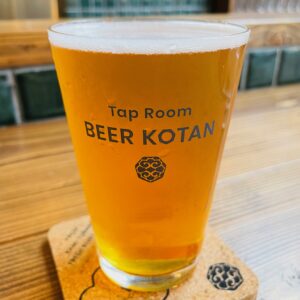

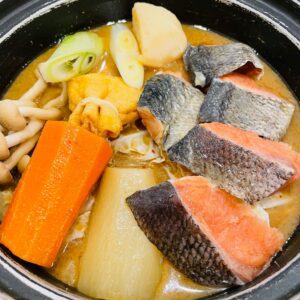

Important points
Those who want to go to “CURRY YA! CONG” are recommended to go before the opening time.
https://edokagura.com/en/itinerary-ideas/1608/
https://edokagura.com/en/the-season-of-fish-and-shellfish/1617/
Note: The departure / arrival times, fees, admission fees, etc. of transportation listed in the text are as of the time of writing the BLOG. They may change in the future, so please check for yourself when you go on a trip.
